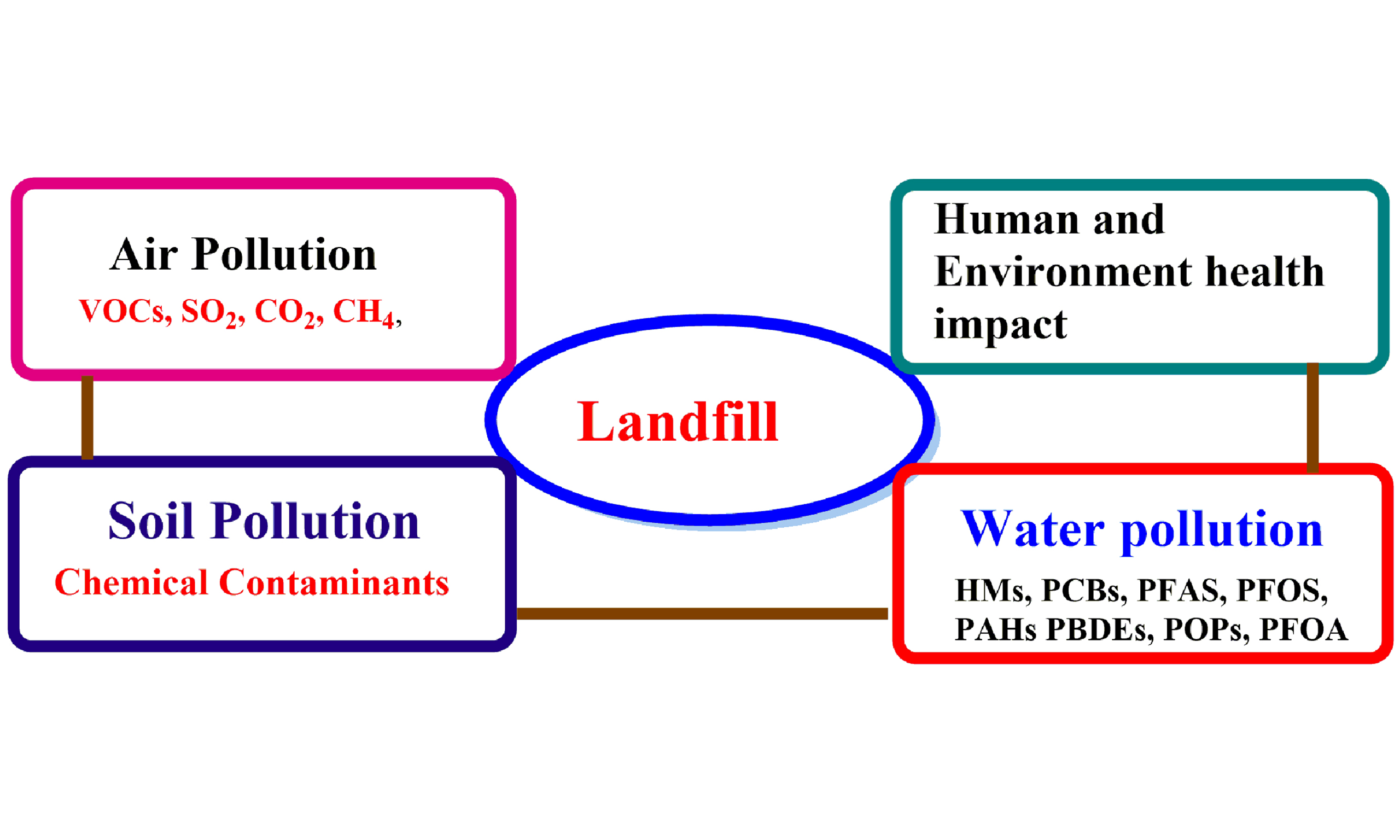
Last month, the US instructed its officials to evacuate or steer clear of significant towns in Zambia’s northern ‘copperbelt’ region. This action came in response to the discharge of acidic and metal-contaminated water at a Chinese mine that was more severe than initially reported.
In February, 50 million litres of hazardous wastewater leaked from a dam at a copper mine operated by Sino Metals Leach, a subsidiary of the Chinese state corporation, China Nonferrous Metals Mining, in Chambishi, confirmed Naomi Mattos, a state department official, to *Chemistry World*. This wastewater was a byproduct of the copper extraction process, and while the type of acid used was not mentioned, sulfuric acid is typically utilized to extract copper from its oxide.
The wastewater contaminated the Kafue River basin, subsequently affecting agricultural areas. The US embassy in Zambia cautioned last month that even inhaling air in proximity to the mine could present a health risk.
However, Zambia’s government asserts that the threat has subsided. Its laboratory analyses indicate that pH levels and heavy metals concentrations are normalizing, stated Cornelius Mweetwa, the information chief. ‘There’s no reason to panic.’
Nonetheless, experts and community members continue to express concern. This anxiety is partly due to Zambia’s background of unresolved contamination incidents from mining operations. Anglo American faced a lawsuit in 2020 regarding 5.8 million tonnes of lead supposedly left from its activities between 1925 to 1974, during colonial times, which the company disputes.
Nsama Musonda, the executive director of Care for Nature Zambia, an environmental monitoring organization, was among the first independent witnesses to arrive at the scene in Chambishi in February. ‘This is one of the most catastrophic pollution events we have seen in a long time,’ she tells *Chemistry World*. ‘It was dreadful to observe maize and bean crops that were vibrant just the evening before turn brown overnight. Tons of dead fish were found floating in local waterways,’ she mentions.
The wastewater spill highlights the complacent practices of Chinese copper miners. According to the Belt and Road state portal, China has put $3.5 billion (£2.6 billion) into Zambia’s metals sector over the last twenty years. However, local environmental organizations have accused Chinese firms of negligence.
Previously, smaller pollution events on the copperbelt primarily involved waste leaking from dams in mines that employ leaching. Leaching is a hydrometallurgical method used to extract metals or minerals from ore by dissolving them in a chemical solution, leaving insoluble waste behind.
For example, in the town of Chingola, small, unlicensed copper processing facilities are being established, according to Musonda. Some local schools have shut down due to the noise and sulfur dioxide emissions. ‘And these are all companies run by Chinese,’ she states. ‘This is a wake-up call as Zambia’s copperbelt is facing a pollution emergency from various mining activities – whether it be manganese, gold, or copper,’ Musonda adds.
Local families in the copperbelt informed *Chemistry World* that they have limited alternatives. ‘We depend on bi-agriculture for our livelihoods; growing crops and fishing,’ says Makanda Phiri, a tribal elder in Kitwe. The copper sludge has ruined aquatic ecosystems and polluted soil in the area.
The primary concern for local communities is the prospect of the toxic waste spreading further when Zambia’s rainy season begins in January. ‘We cannot afford to purchase safe bottled water, and it’s incredibly challenging to hold the Chinese accountable,’ Phiri expresses.
Care for Nature warns that locals were still at risk from this wastewater when they revisited the site in July. ‘We discovered that children are still playing in waters tainted with mining acid,’ Musonda states.
Environmental scientist Shamiso Mupara stresses that a potential long-term loss of safe underground water in the area is often neglected. Only 36% of Zambians have access to modern piped water. ‘My greatest worry is the undisclosed contamination of underground waters from which hundreds of thousands draw their drinking water,’ she remarks.
Musonda concurs and notes that while water samples were taken from local wells in the disaster area, the findings have not been disclosed, and no independent toxicology assessments have been conducted.
‘Which water sources are they collecting these water samples from? They ought to examine areas beyond the reach of the compromised [mine] operated by Sino Metals because the Kafue River extends quite far, and we are hearing reports of widespread pollution,’ she asserts.
The ‘ridiculous’ $50,000 fine imposed on Sino Metals is indicative of Zambia’s lack of capacity to manage a disaster of this scale, Musonda adds. Zambia’s environmental ministry budget ranks among the lowest, and organizations like the UN Environment Programme often fill the void for environmental restoration and wetlands preservation.
Sino Metals Leach did not respond to requests for a statement.